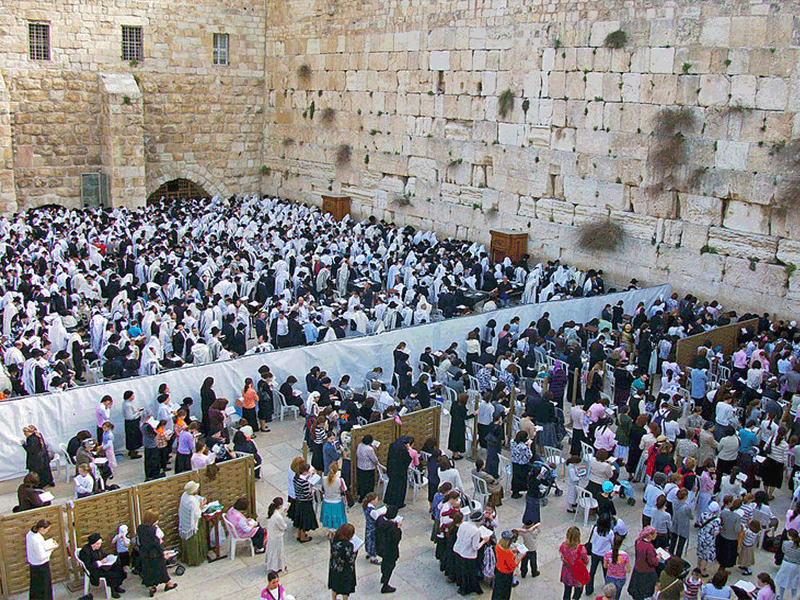On June 2, we will celebrate Yom Yerushalayim (Jerusalem Day). This year marks the 52nd anniversary of the reunification of Jerusalem on June 7, 1967, during the Six Day War. My first experience in the Old City of Jerusalem coincided with the celebration of my bar mitzvah in May of 1973 at the Kotel ha-Ma’aravi (Western Wall). Six years earlier, I would not have been able to celebrate my bar mitzvah there.
In Parashat Bechukotai, we find two consecutive phrases that seem to mean the same thing: “And you shall dwell safely in your land; And I will give peace in the land” (Leviticus 26:5-6). According to some, the first expression refers to physical safety between Israel and its neighbours, while the second expression refers to internal peace among the different segments of Israeli society. Both ideals continue to be aspirations and challenges for Israel today.
Perhaps the most famous symbol of the reunification of Jerusalem, the Western Wall, is looked upon from two polar perspectives. On the one hand, the Kotel serves as a symbol of unity, as Jews and non-Jews from all over the world come to visit and celebrate at the Kotel. At the same time, sadly, the Kotel is also seen by some as a symbol of division and exclusion for many segments of contemporary Jewry. Even the availability of a separate area of the authentic Kotel for pluralistic expressions of Jewish prayer has resulted in conflict instead of peace.
When we complete reading Leviticus, as we do when we finish each book of the Torah, we will add the postscript words chazak, chazak v’nitchazek (be of strength, be of strength and let us be strengthened as one). This Shabbat, on the eve of Jerusalem Day, I will recite these words as a personal prayer for the strengthening of relationships within Israel and between Israel and its neighbours.
